Corkman pens book about elite soldiers who risked life and limb
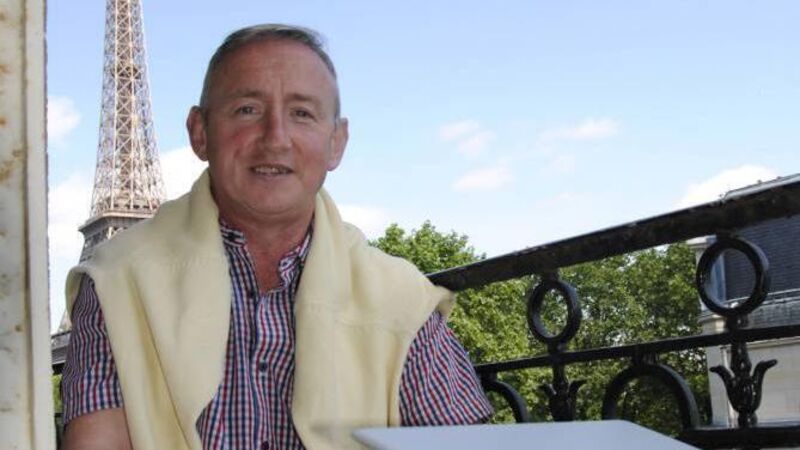
Dan Harvey has launched his 16th book, Car Bombs And Barrack Busters.
AFTER serving for 40 years in the defence forces, Blackrock man Dan Harvey is publishing his 16th book, this latest reflecting his involvement in Internal Security Operations in Ireland during ‘The Troubles’.
Dan, whose new book is called Car Bombs And Barrack Busters, is well-travelled.
“I experienced years of practical on-ground experiences in Peace Support Operations overseas on UN, EU, NATO, PIP, and OSCE missions in South Lebanon, Kosovo, Chad and the South Caucasus, participating in a number of repeat tours of duty abroad,” says Dan, who is the father of four grown-up children.
Car Bombs And Barrack Busters, like the vast majority of my books, was written since my retirement from the Defence Forces in 2017.
A Lieutenant Colonel, Dan uses his army experience to record the experiences of a professional elite.
“I feared the story of the Defence Forces’ Explosive Ordnance Disposal (EOD) teams (bomb squads) was becoming forgotten,” he says.
“I chose to research, record and present them, not in a day-to-day chronological manner, rather by presenting a series of individual stories related first-hand by the practitioners themselves.”
His book tells for the first time the remarkable story of a unique group of elite soldiers who continually risked life and limb to disarm explosive devices planted by paramilitaries on the south side of the Irish border.
The individual stories are captivating. One EOD Officer on duty at the time recalled: ‘I was called out to deal with a suspect device left in the Shelbourne Hotel and, while en route, our progress was impeded when we were flagged down by a Garda in Capel Street requesting we investigate another device left in a furniture shop.
In the event, restoring the situation to as normal as possible, as soon as possible, became more important than preserving forensics.
“The item was easily disposed of, only it took a little time, after which we proceeded without further delay to Shelbourne Hotel. As we neared it, I noticed a uniformed Garda inspector at the scene, standing with his back to the front door of the hotel.
“As I got out of my vehicle and began to approach him, the bomb went off, blowing out glass in the building’s windows and doors, much of the tiny glass slivers lodging themselves into the back of the great coat of the inspector, who was otherwise uninjured.
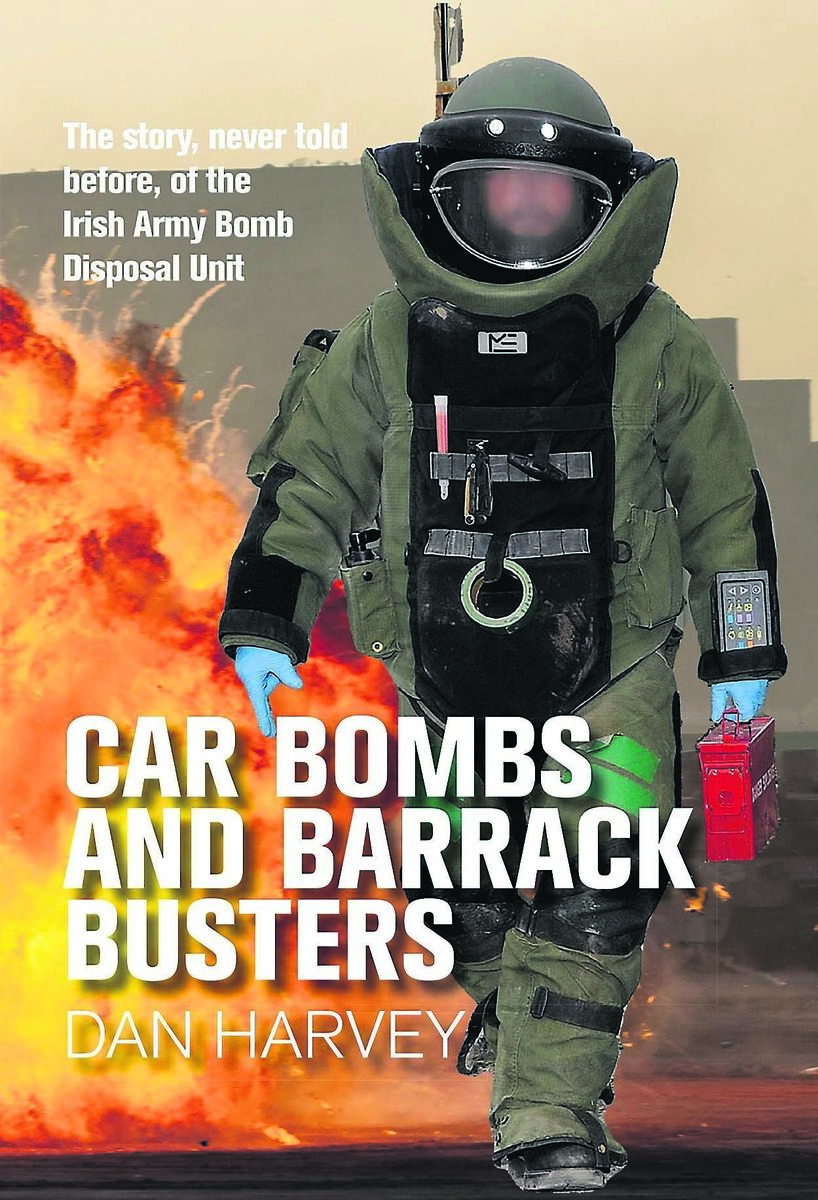
“The bomb, in a briefcase, had been placed on a table at the top of the first-floor stairs. It immediately occurred to me that I had not been intercepted en route, I would likely have been busy trying to defuse it when it went off. It was the nearest I came to being killed as an EOD officer.’
Who were the EOD Unit?
“They were a unit of the Irish Army established as part of the Ordnance Corps in 1969 following the spillover of the Troubles in Northern Ireland into the Republic,” explains Dan. “Members of the Corps had dealt with unexploded bombs and sea mines from World War II and earlier, but now even more highly trained officers were needed to deal with the growing campaign of terror that threatened the security of the State.
“Suspect devices were made safe using robots and remote-controlled explosions, but often it also required officers to don a ‘bomb suit’ and take the ‘Long Walk’ to engage manually with a device that had the potential to kill or maim. Each situation was unique, and EOD officers had to be constantly vigilant,” says Dan (inset left).
“The bomb-making capabilities of the paramilitaries, especially the Provisional IRA, became more sophisticated and ingenious as the Troubles progressed, and there was always the fear a newly discovered bomb might contain a ‘booby trap’ not met before.
These developments had to be countered by upskilling and regularly retraining EOD personnel. It was an arms race in which falling behind could result in death or injury.
The book provides a fascinating account of the history of the Corps, including its operation overseas in peace-keeping missions, and explains clearly for lay readers all the technical aspects of bomb-disposal.
Much of the story is told by those who were there. They recount their experience without any sense of self-importance or recognition of their own bravery, they are too grounded for that, and often, with a good dose of black humour, are self-deprecating about their achievements and honest about their mistakes.
Dan must be proud of his achievements?
“It’s funny, when my kids’ friends come to visit, or their parents, from the U.S, the UK, or France, they seem to hold the army in great regard. Even some of them say ‘Thank-you for your service!’ Then I feel like there is a new respect for the army.”
Dan has huge respect for the Defence Forces.
“This book took time and patience as it has become deeply embedded in the subculture of Defence members not to talk about themselves, ands this is particularly ingrained into this highly specialised, publicity-shy cadre,” he said.
The engaging book illustrates how the EOD officers performed their task in the most difficult and testing of circumstances.
Dan adds: “My wish is that this account will make an important contribution to knowledge, shedding light on a deeply contested period in Irish history, and also on their ever-expanding overseas role in many new peace support mission areas abroad.
- Car Bombs And Barrack Busters by Dan Harvey, published on September 28.
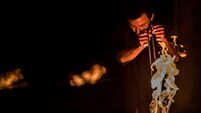
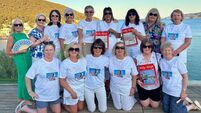
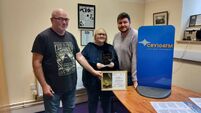
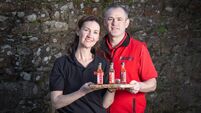



 App?
App?





